Affordable Housing Takes Center Stage at City of Yes Hearing for Those For and Against Upzoning
More than 50 New Yorkers had already testified on the sweeping zoning changes in the first four hours of the hearing.

Photo by Susan De Vries
The impact that the sweeping zoning changes proposed in the mayor’s City of Yes for Housing Opportunity package would have on affordable housing in New York City was at the center of testimonies, both for and against the citywide upzoning, at a City Planning Commission hearing Wednesday.
In the first four hours of the hearing (which commissioners were warned could run until midnight), more than 50 people spoke on the City of Yes for Housing Opportunity Draft Environmental Impact Statement. Of the first 50, who testified both in person and via Zoom, it was a roughly even split of supporters (27) and opponents (23) — all impassioned about improving quality of life in New York City, but seeing different roads to get there.
The City of Yes zoning package, which includes already approved plans for addressing climate change and economic development, was proposed by Mayor Eric Adams and the Department of City Planning. They sum up the program with the slogan “a little more housing in every neighborhood.”
The proposals would eliminate parking mandates (something that has proven especially controversial), greenlight accessory dwelling units, allow increases in development size in all neighborhoods, permit higher density housing near transit, and ease residential conversions, among other things. Under the proposal’s Universal Affordability Preference, developers could build 20 percent bigger in some neighborhoods if the additional apartments are affordable to families earning an average of 60 percent of Area Median Income.
So far, 42 of the city’s 59 community boards have voted on the proposals, with 15 recommending approval, 35 recommending disapproval, and one having no consensus. The community board votes are advisory only.
Truly affordable housing
Brooklynite Alicia Boyd brought her grandchildren with her to testify in person, telling the commissioners they had forgotten about the children in the entire process.
“All you’ve talked about is how you want to provide housing for people like us, for people of color. You don’t want to provide housing for us. You don’t care about us. We have a playground that’s about to go into the dark because of the Brooklyn Botanic Gardens development. Did anyone think about the fact that these children will now have to play without sunlight?” she said, referring to the planned 14-story building on Franklin Avenue.
Boyd, who heads the Movement to Protect the People, said even if some housing that was deemed affordable was created through the upzoning, it wouldn’t be truly affordable for her community, and everyone already knows that.
“You sit here year after year after year after year after year, development project after development project, and you’re the reason why we’re in the crisis, because this commission, since back in 1936, was supposed to ensure that development that happened in New York City was for the people. And you have failed in your job countless times.”
Boyd questioned the purpose of the commission existing, saying it approved 99 percent of applications it got with the justification some affordable housing would be created. “We don’t get affordable housing from you,” she said.

The mayor, the city, and many of the proposal’s most vocal supporters say the zoning changes are needed to increase the city’s affordable housing stock at a time many New Yorkers are struggling to obtain affordable housing.
But, Like Boyd, many who spoke against the plans were skeptical of that, with multiple people saying trickle-down housing economics has been proven not to work. “It is yes to privatization, yes to crass commercialization, yes to the final dehumanization of the New York City streetscape. Yes to trickle-down economics. It is yes to the city of profit. It is no to the city of people,” said Manhattan resident Zool Zulkowitz.
Zulkowitz questioned whether elected officials had been influenced by high powered lobbies, and said City of Yes zoning changes would not provide affordable housing for an average person, nor any other public services. “Will it give us more clean air, more availability to ever decreasing light, ever decreasing open space? Will it decrease economic and racial segregation? No. The City of Yes is the abdication of public power to private interests.”
A number of those who testified against the proposals said a more effective way to secure affordable housing would be through mandates and city funding.
Pace of change
Another big issue raised was the size, scope, and complexity of the changes, and the speed with which the proposals are working their way through the public process. Andrea Goldman, speaking on behalf of the New York Landmarks Conservancy, said City of Yes for Housing would be the biggest change to New York’s zoning resolution in decades, “yet it has been rolled out in less time and with less meaningful public outreach than many neighborhood, or even site, rezonings.”
She said locals have the best on-the-ground knowledge about their neighborhoods, and mixed with the DCP’s expert knowledge, their collaboration helps achieve more effective rezonings. That insight, she said, is missing in this process.
“DCP has made numerous public appearances and shared the broad outlines, but the details that will impact every New Yorker are adding up to thousands of pages. The public engagement should be deeper,” she said, adding that the rushed process has resulted in the need for even more clarification. She also said the conservancy opposes changes around the city’s land-use review process (Uniform Land Use Review Procedure or ULURP), saying they will deprive residents of the chance to have a say in how their neighborhoods evolve and grow.
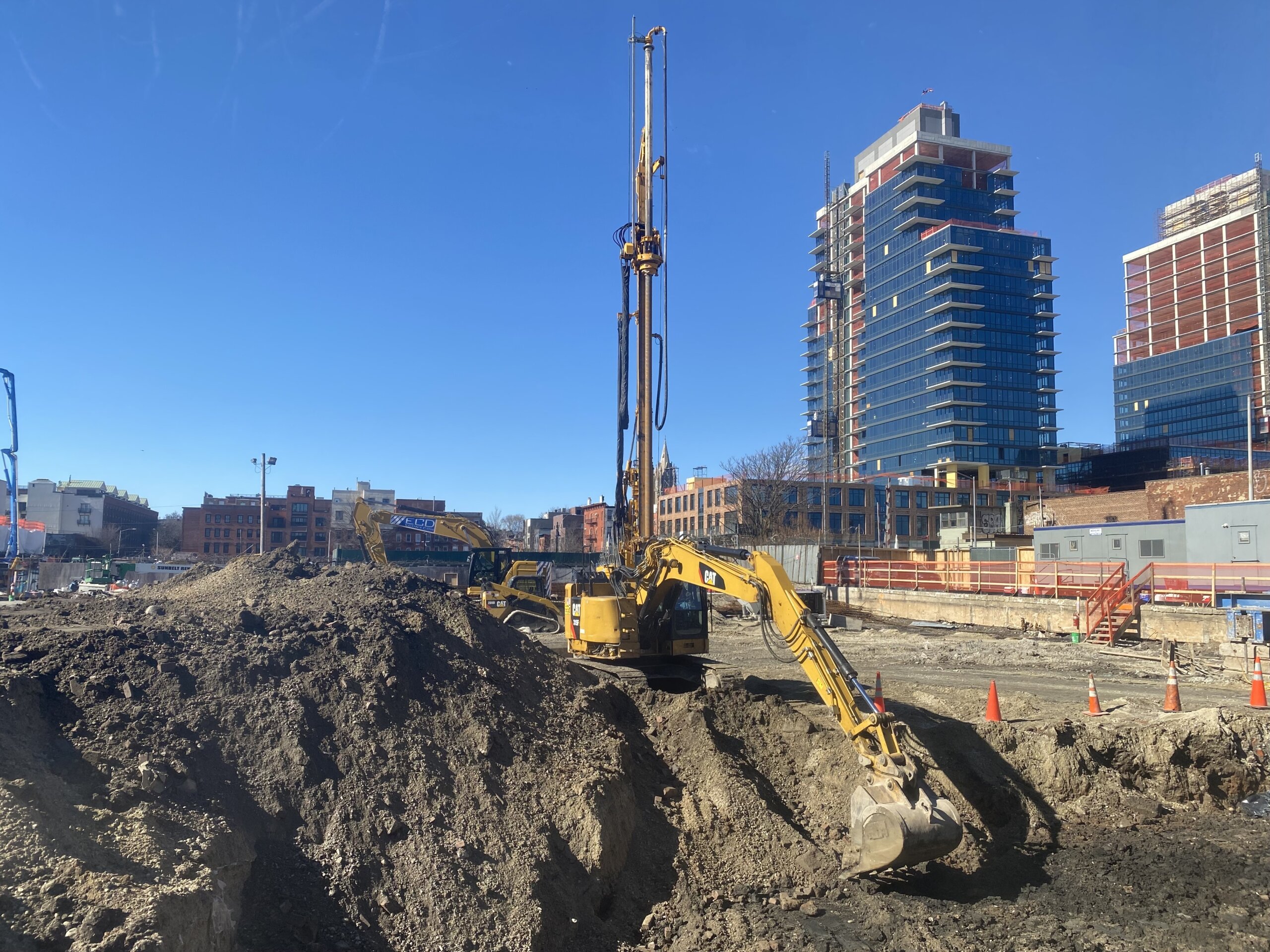
“The outcomes seem unclear. If passed, this will dramatically change our streets and communities, and will give developers so many options for new, larger buildings, it’s hard to see how many will opt to create affordable units with UAP bonuses,” she said. “Thousands more luxury condo units will not solve the housing affordability crisis.”
She urged the commissioners to slow down the process and give residents more time to learn about the implications of City of Yes.
Parking mandates and accessory dewellings
However, other speakers were adamant that the commission push full steam ahead, and some said the proposals don’t go far enough in terms of allowing for increased development. Although he didn’t speak in the first four hours of the hearing, Brooklyn Borough President Antonio Reynoso has been one of those calling for even further upzoning allowances.
Flatbush resident Elizabeth Denys, who is a member of pro-housing group Open New York, said they, like many others, is worried their family, friends, and neighbors will be pushed out of the city due to the housing shortage and skyrocketing rents, and their children won’t be able to find somewhere they can afford to live. “I’m really excited about the entirety of the City of Yes for Housing Opportunity Initiative, and I urge the City Planning Commission to approve this proposal in its strongest possible form.”
Denys said for too long, too few neighborhoods have contributed to affordable housing creation, and the proposals would tackle that by upzoning all neighborhoods in the city. In regards to their neighborhood of Flatbush, Denys said the most relevant proposals are getting rid of parking mandates, allowing for the creation of accessory dwelling units, and permitting larger developments near transit lines.
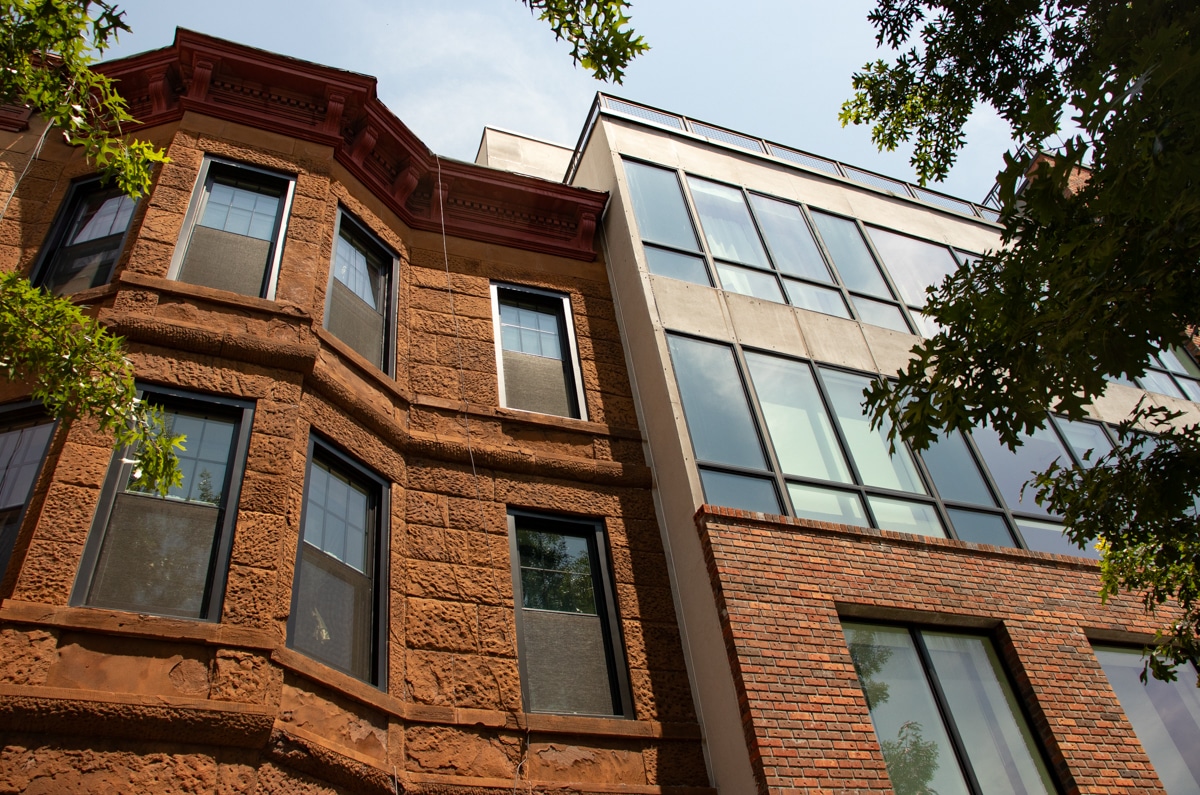
Denys said a number of the existing apartment buildings in Flatbush couldn’t be built under today’s zoning, and “bringing back modest apartment buildings near train stations in our community is the perfect way to address the housing crisis.” They added: “Lifting parking minimums also helps reduce the cost of building homes, and thus the resulting rents where cars aren’t needed to get around.”
Many of those who spoke in support of the proposed changes cited the city’s 1.4 percent housing vacancy rate, and said we are in a housing affordability crisis and building more units is an important tool to alleviate that.
Jeffrey Thomas, who has lived in Brooklyn for 10 years, said the Universal Affordability Preference is very important for creating new affordable housing, calling it a common sense proposal. “It’s a win, win. It’s very rare. It’s aligned with the kind of brutal realities of the market, and it’s also aligned with getting more affordable housing.”
Wil Kitcher, who grew up in Red Hook and now lives in Sheepshead Bay, said over the years he has lived in a variety of housing types and areas, and having the ability to live in smaller apartments and a range of housing types such as a converted doctor’s office had allowed him to stay in the city.
“I want to make sure that we have the missing middle housing going forward…so that these opportunities are available towards people who were in the same situation I was: You’re moving out of your parents house, you need a small place to stay, you want some roommates, you can’t quite afford to buy your own apartment, the rents are skyrocketing, you want to stay in the neighborhood, but those opportunities are becoming less and less for people. I just want to make sure that those things, this planning change, builds the missing middle again.”
At the start of the hearing, CPC staff laid out the process for the zoning change proposals. After the hearing, DCP will release an updated Environmental Impact Statement that will be voted on by the commission. Staff told those at the hearing that potential for significant adverse impacts had been identified for community facilities and services, open space, and transportation, and that mitigation measures are being explored.
The staff said that so far, the proposals have already been approved by the Manhattan, Brooklyn, and Bronx borough presidents, disapproved by the Staten Island BP, and they are still waiting on Queens borough president’s decision.
The CPC vote will start a 50-day clock for the City Council vote, which is expected in the fall.
Related Stories
- ‘Blank Check’ to Developers or Chance to Curb Displacement: Locals Comment on City of Yes
- City Releases Detailed Plan for Controversial Housing Zoning Changes
- What Is Affordable Housing?
Email tips@brownstoner.com with further comments, questions or tips. Follow Brownstoner on Twitter and Instagram, and like us on Facebook.


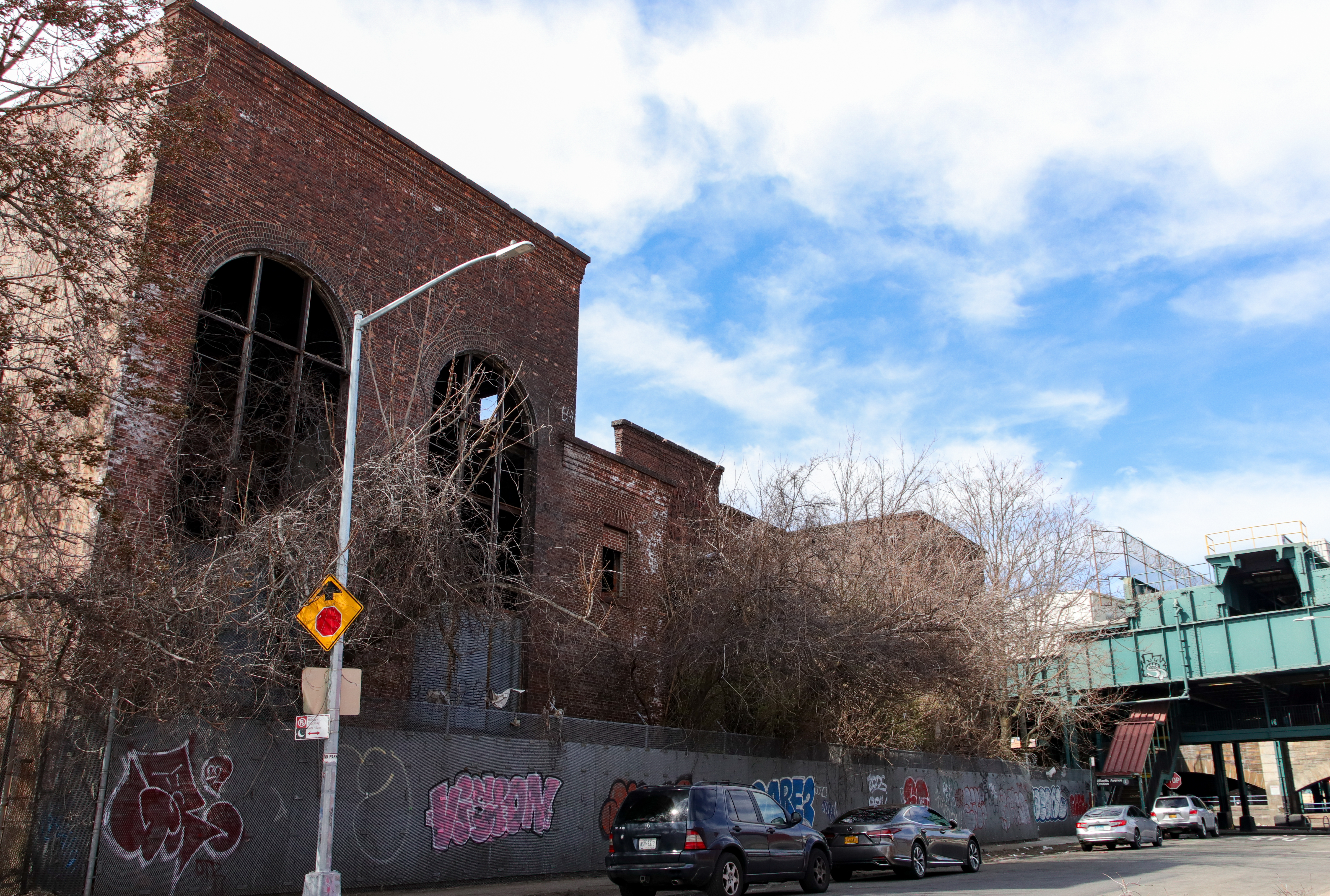
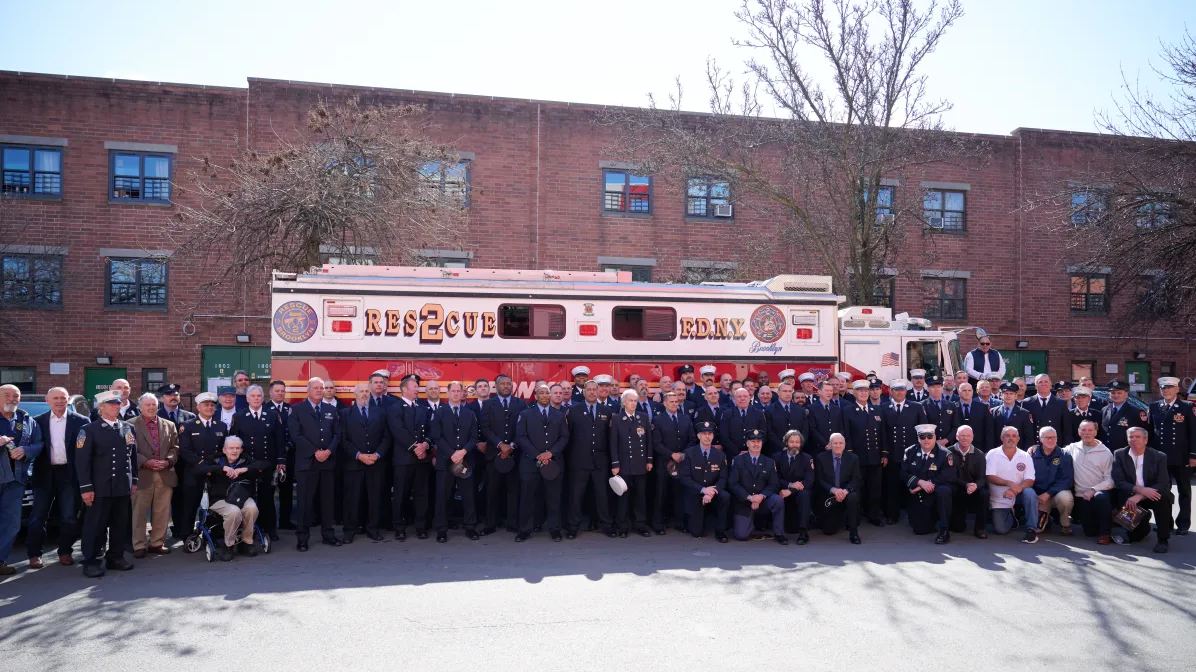
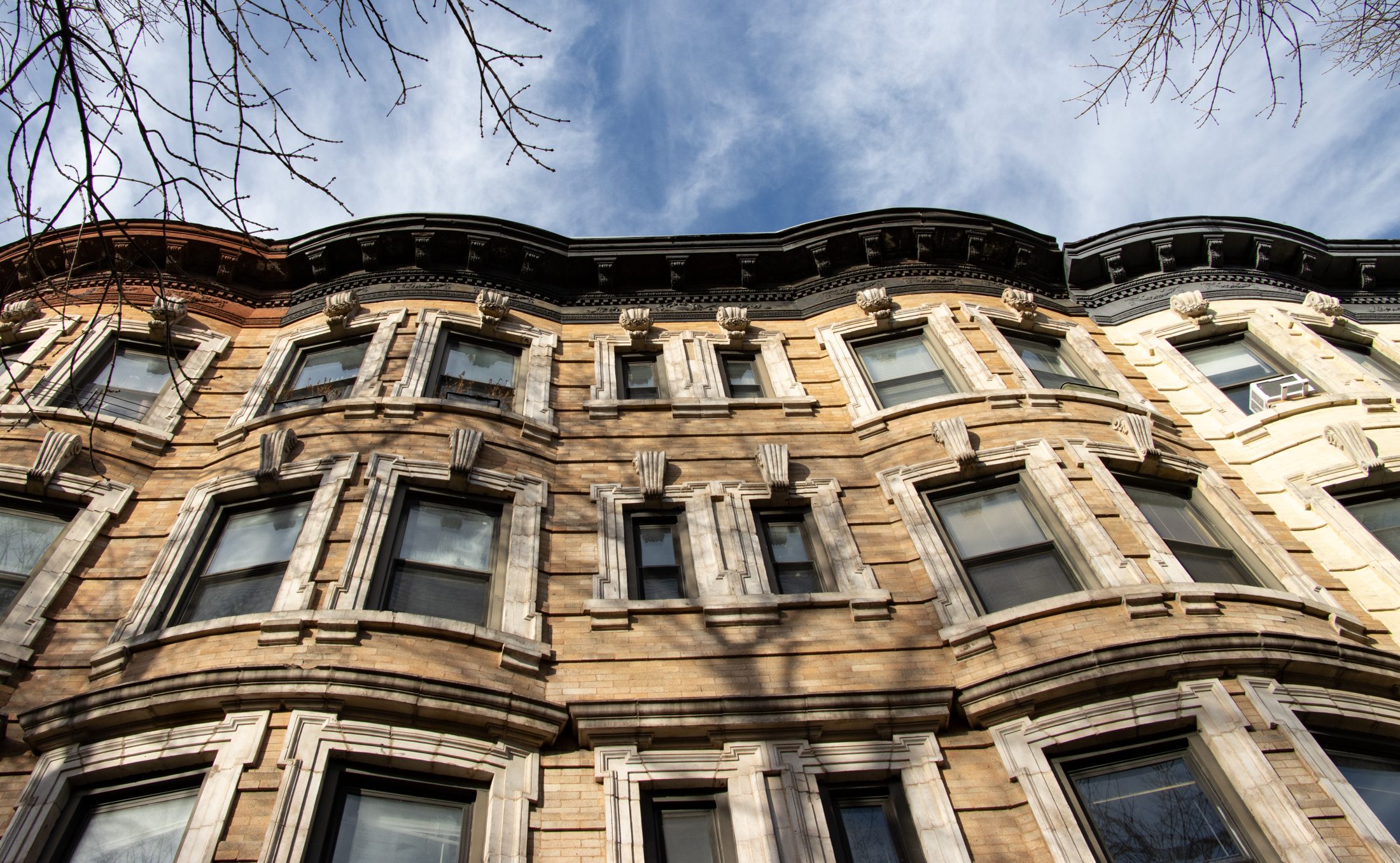




What's Your Take? Leave a Comment